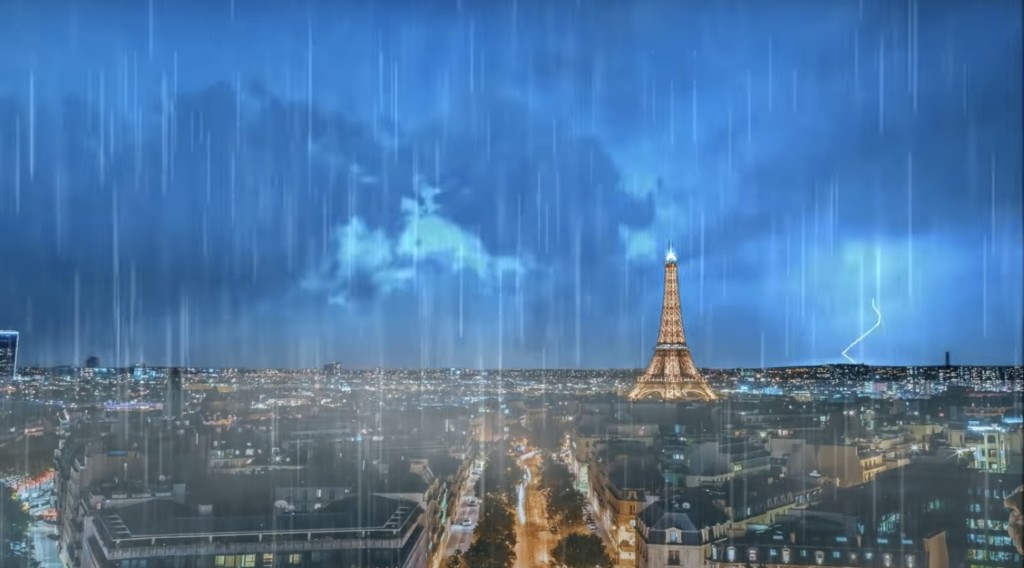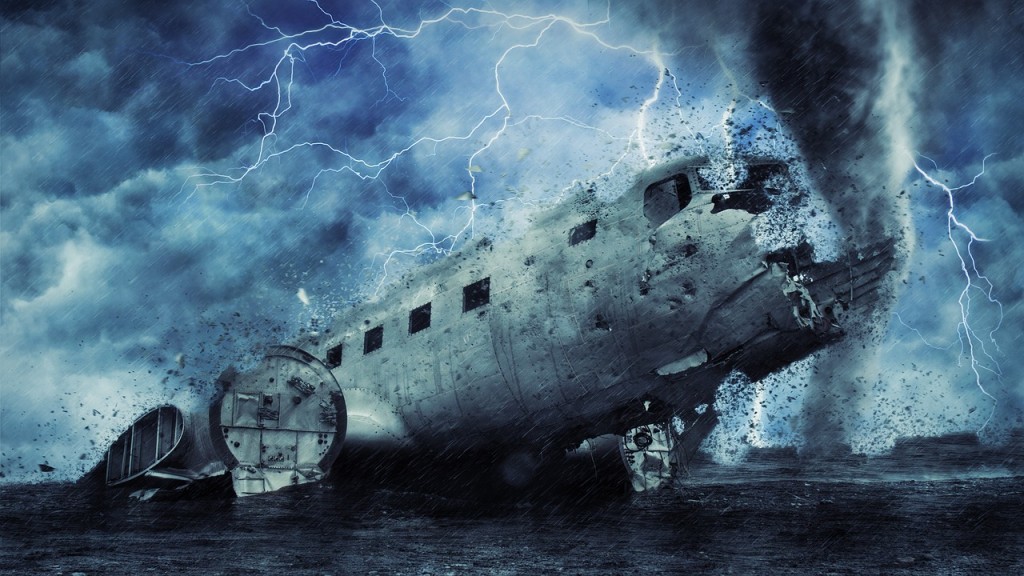
Suppose you have been looking forward to your trip for months. You’ve carefully mapped out every detail, from booking your flight and accommodations to planning your daily activities.
As your departure day gets closer, your excitement grows. However, there’s one element that remains beyond your control: the weather. What if it rains on the day of your departure? Will your flight be delayed or canceled?
Well, the impact of rain on flights can vary based on how heavy, how long, and where it’s raining. Today, we’re here to explain how rain affects flights and what measures are taken to mitigate its impact.
Related Read: How Many Inches of Snow Will Cancel a Flight? | ANSWERED
Does Rain Delay Flights?
NO, rain will not delay your flight! As per data from the Federal Aviation Administration (FAA), weather conditions contribute to roughly 75% of flight delays but rain is not the major issue. Rain can only sometimes cause minor delays in flights, but it’s highly unlikely to cancel them. Rain is essentially just water, and modern planes can handle it well. They can take off and land in rainy conditions without much trouble.

If it’s extremely cold and the rain turns into hail or snow, then there’s a higher chance of flight delays or cancellations. Airlines prefer not to disrupt their schedules because even a small change can create big problems for other flights and airports. They do their best to keep things running smoothly.
Does Rain Cause Plane to Crash
Rain alone doesn’t usually make planes crash. While weather conditions contribute to a significant portion of air accidents, rain alone accounts for very few crashes. However, it’s important to note that accidents related to rain can occur in specific circumstances.

- In the past, there have been accidents attributed to rain, such as the case of Air India Express Flight 1344. The flight crashed during an attempted landing in heavy rain.
- Additionally, Garuda Indonesia Flight 421 experienced a flameout due to hail and thunderstorm. These incidents highlight that rain is generally not a direct cause of crashes.
Reducing the Effects of Rain on Air Travel
While flight delays caused by rain happen quite often, airports and airlines use various approaches to lessen the disruptions for travelers. The following are some measures that can be put in place to make sure rain doesn’t have a big impact on flights.
Proactive Preparation
Airlines keep a close eye on weather forecasts and make adjustments accordingly. To prepare for bad weather, airlines can change flight schedules, enhance ground operations, and minimize the chances of rain causing problems.
Efficient Ground Operations
Airports equipped with a highly skilled ground team and a smoothly operating infrastructure can handle severe weather conditions more effectively. A properly drained runway, top-notch de-icing equipment, and a streamlined boarding process all play a role in reducing delays and ensuring smooth operations, especially when it’s raining.
Effective Communication
Airlines are dedicated to keeping passengers well-informed during weather-related delays. Quick notifications, timely updates on departure schedules, and options for alternative travel arrangements can ease inconvenience and equip passengers with essential information to adjust their travel plans accordingly.
Helpful Guide: How to Add TSA Precheck to American Airlines?
What About Other Weather Conditions?
As we’ve seen earlier, rain can escalate into more challenging weather conditions like thunderstorms, snow, fog, and icing. Now, let’s delve into how these conditions affect air travel and find some answers!
Thunderstorms
Thunderstorms can cause flight delays because they often come with reduced visibility, lightning, hail, icing, wind shear, and microbursts. These weather conditions make it challenging for flights to operate smoothly. Once the thunderstorm has moved away, planes can resume taking off.
For planes that are already in the air and need to land, they may also face delays. This is because they might be directed to circle away from the storm in a holding pattern, which can create a ripple effect and cause delays for other flights as well.
Snow
Whether it’s a gentle dusting or a heavy downpour, snow has the potential to disrupt flight schedules. When it comes to light snowfall, flight delays only become a concern if the airport doesn’t have the necessary equipment for snow removal. On the other hand, heavy snowfall is a more significant challenge.

It’s highly likely to lead to flight delays and could even result in cancellations. This is primarily because heavy snow reduces visibility, which makes safe takeoffs difficult for landings. Moreover, logistical issues may arise as ground staff may struggle to reach the airports under such conditions (further complicating the situation).
Fog
Every year (across the globe) flights face delays or cancellations due to the challenges posed by poor visibility and dense fog. The presence of fog significantly impacts airport operations.

This occurs because it creates communication obstacles and requires the implementation of extra protocols to ensure the safety of passengers and air travel operations.
Suggested Reading: Fly and Swap Vacations Detailed Guide: What Exactly Is It?
Conclusion
Rain, on its own, is not a significant factor in delaying or canceling flights. Modern aircraft are well-equipped to handle rainy conditions. However, rain can escalate into more challenging weather conditions like thunderstorms, snow, fog, and icing, which can indeed disrupt flight schedules. Thunderstorms bring reduced visibility and various hazards, while heavy snowfall can lead to delays and cancellations due to visibility issues. Dense fog also poses challenges.
Does Rain Delay Flights? - FAQs
No, rain alone typically does not cause flight delays. Modern airplanes can handle rainy conditions with ease.
Thunderstorms can disrupt air travel due to reduced visibility, lightning, hail, icing, wind shear, and microbursts.
Heavy snowfall can lead to flight delays and cancellations because it reduces visibility, making takeoffs and landings unsafe.





![Can You Live in a Hotel? Is It Cheaper? [Costs and Flexibility]](https://hopdes.com/wp-content/uploads/2023/10/can-you-live-in-a-hotel-390x220.jpg)
